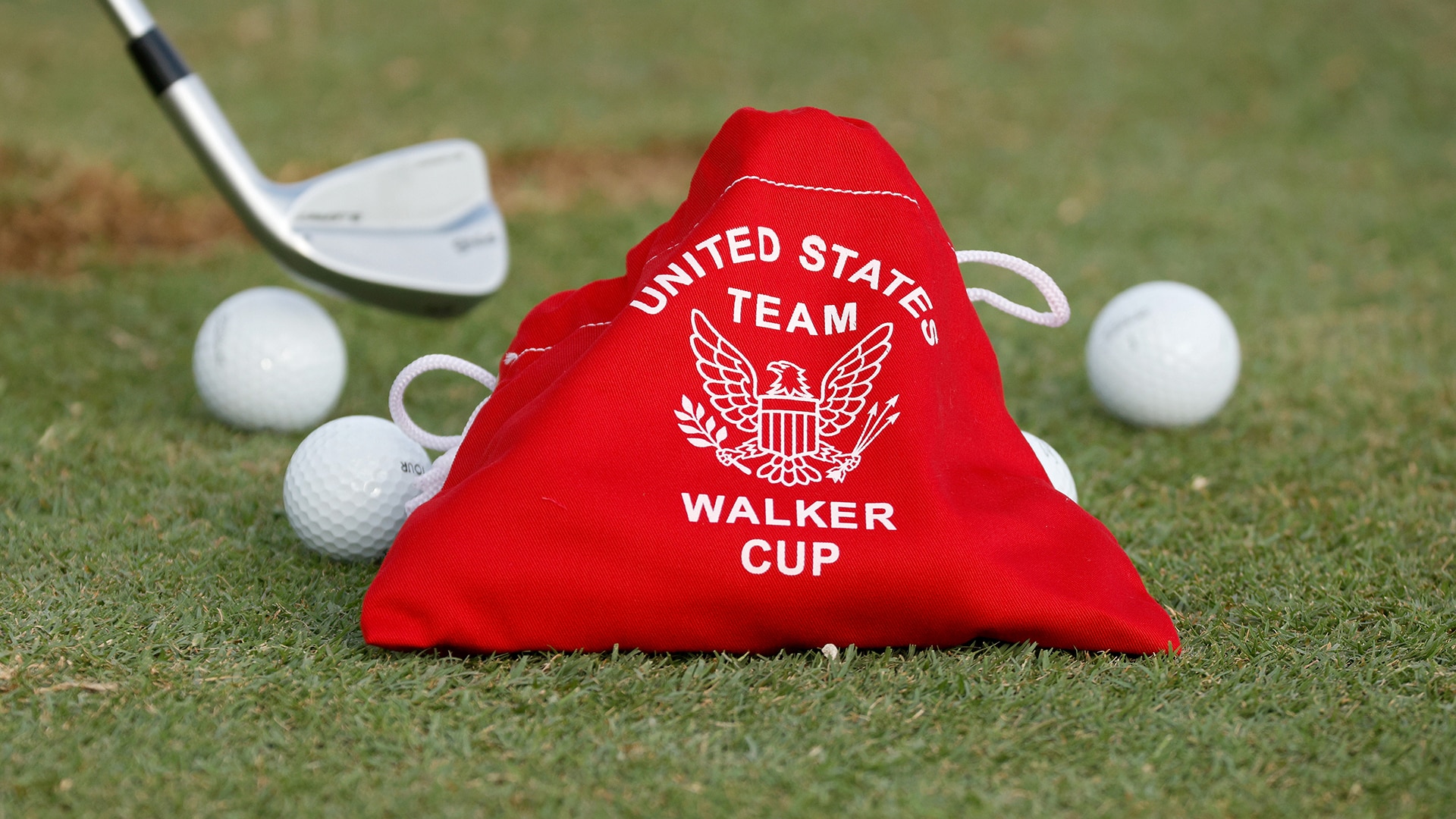So, the USGA has a national development program; what is it, and what are its aspirations?

When Heather Daly-Donofrio began her new job as the USGA’s managing director of player relations and development last May, she started with a blank sheet of paper.
Now, with the former LPGA player and executive spearheading the effort, the USGA has unveiled its long awaited and much needed national development program.
The U.S. National Development Program will launch this year with a goal of creating a pipeline to foster current and future generations of American golf talent, from the early stages of the competitive junior ranks through the professional game. In the USGA’s words, it hopes to “identify, train, develop, fund and support the nation’s most promising junior players – regardless of cultural, geographical or financial background – to ensure that American golf is the global leader in the game.”
“When you have a young boy or girl watching the PGA Tour or LPGA, and they turn to their mommy and say, ‘Hey, I want to be that.’ … We want to create a clear and defined pathway to that,” Daly-Donofrio said. “We want to strengthen and broaden that junior pipeline, to give the same support that other countries give their athletes and make sure that young boys and girls have resources that they need to achieve their dreams.”
Most other leading countries in the golf world have long implemented national programs, providing a bevy of resources to their most promising players. But as USGA CEO Mike Whan noted, U.S.-born players, who up until last year had been somewhat hindered by strict USGA’s amateur rules, have been at a “huge competitive disadvantage in this regard.”
“We simply ask our athletes, parents and coaches to forge their own path, without any unified national guidance or financial support,” Whan added.
While there is still much to be done, including hiring staff and working out some details, Daly-Donofrio called 2023 a “foundation-building year.”
Here is a closer look at the six pillars the USGA will lean on as it moves forward with what figures to be a massive yet crucial undertaking:
Talent identification: The minimum age for entry into the national program is expected to be 12 years old, according to Daly-Donofrio. Players will be selected based on a variety of metrics – as of now, the USGA has about 25 in mind. And they aren’t just limited to rankings, though the USGA will create a ranking to sort its talent. In addition to its own data, the USGA will lean on local golf associations, junior tours and PGA of American sections to help in identifying worthy talent.
Think of this like creating a pool of prospects where the USGA can cultivate and support all of its potential talent while allowing the elite players to showcase those talents through competition with the national team.
Athlete financial support: The USGA plans to create a grant program – initially backed by the USGA and eventually also corporate sponsors and donors – and will start providing financial support to about 50 juniors this year, helping offset costs for tournament entry fees, travel, coaching costs, golf course access, equipment and more. By 2027, the goal is to fund around 1,000 juniors.
There is a need-based component for financial assistance, Daly-Donofrio said.
Access to competition: With a variety of competitive options around the country, from top national tours like the AJGA to local junior events, there is no shortage of places to play, but that also creates some confusion of where and how players can log their tournament reps. Where the USGA’s program comes into play is it will create a clearer pathway to direct players up the junior ranks, starting with state-level competitions and ending with providing exemptions into AJGA tournaments, including invitationals, and USGA championships.
And by 2025, the USGA aims to have its own regional championships to further assist in identifying and developing talent.
National teams: The elite players who are selected to one of three national teams – junior (launched in 2024), amateur (2025) and young professional (2026) – will have increased resources available to them, year-round support that includes access to world-class coaching, analytics, sports psychology and nutritional guidance, and training camps. The national teams will also travel internationally to play tournaments, which potentially could include head-to-head matches between the U.S. and other national teams. “We’ve found that American players just aren’t getting the type of international exposure as players from other countries,” Daly-Donofrio said.
The initial numbers for these teams are the following: junior – 30 boys and 30 girls; amateur – 15 men and 15 women; young pros – 10 men and 10 women. A coach for the junior team will be determined later this year.
There is also a goal of creating state teams to better organize players within in the program and to serve as sort of a feeder system into the national team.
Athlete resources: While the national-team members will have the most resources available to them, the USGA will begin this year developing a platform to help all its players navigate the vast competitive landscape and ensure that they receive the best tools to be able to succeed and grow; the hope is for a player to be able to enter information about themselves, from handicap to what geographical area they want to play tournaments in, and find the best opportunities for their situation as they are readied for national-team competition.
Player development and relations: In addition to resources that help develop players’ games, the USGA also will provide mentoring opportunities for its national team members, whether it’s from USGA champions or other top athletes.
“This is a long-term play for us, a forever play,” Daly-Donofrio said. “We are in this for the future, to foster future generations of American golf talent.”
